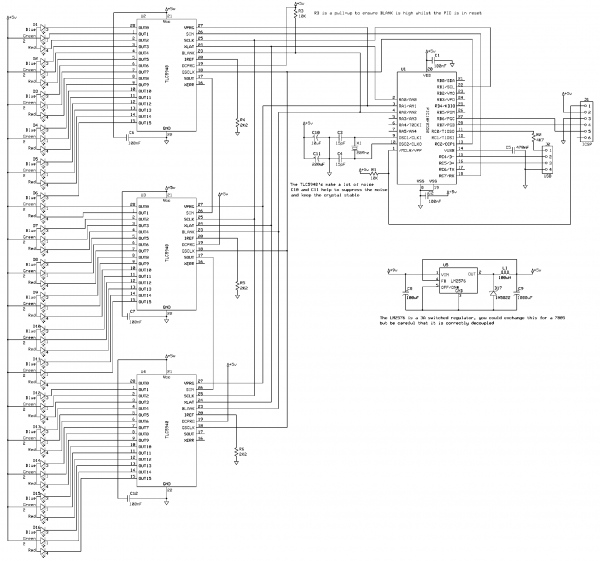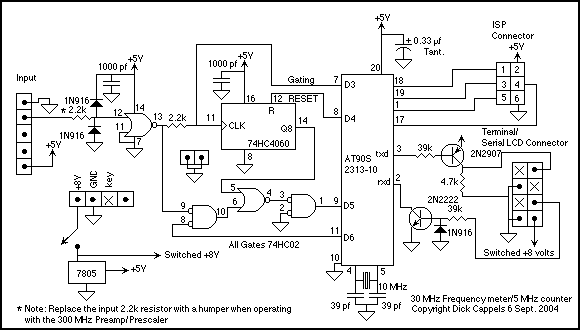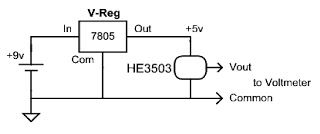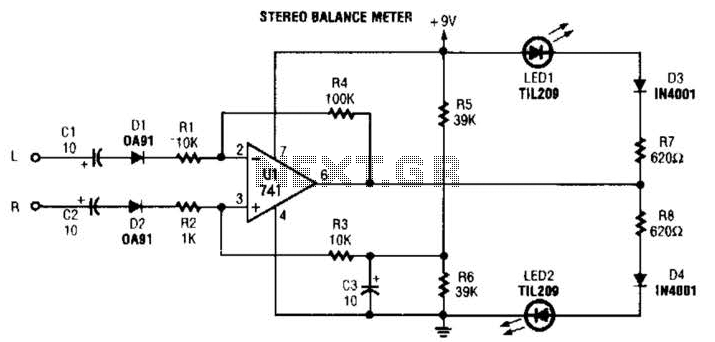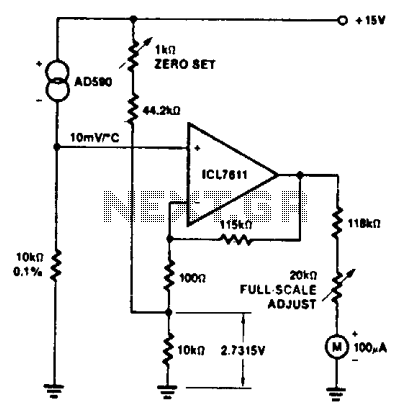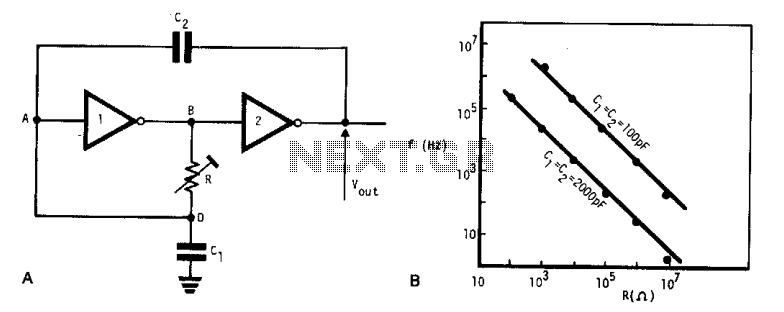
Digital Panel Meter
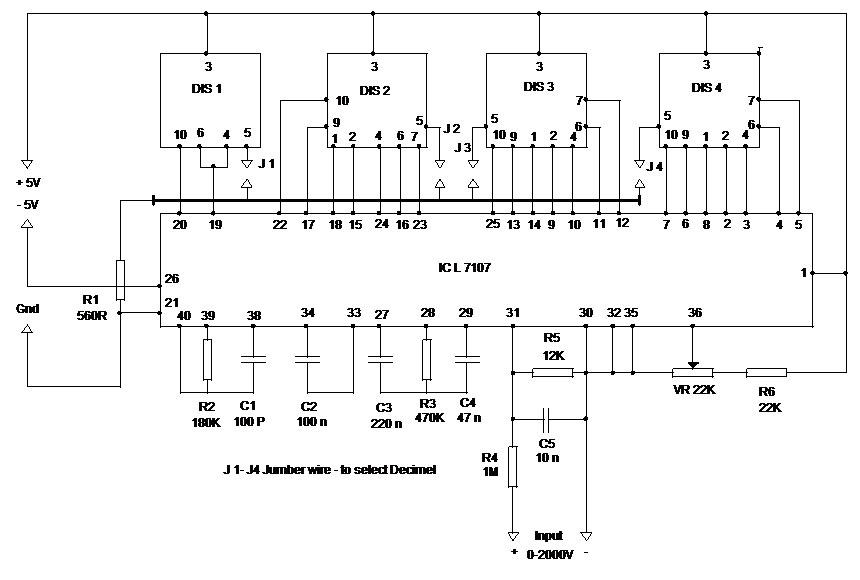
A rectangular piece measuring 20.5 x 10.5 cm features a hole with a diameter of 1.5 cm for securing motors that facilitate the movement of the ROBO CAR using a nut and bolt assembly. The caster wheels employed in the DTMF-based ROBO CAR are constructed from cast iron and are attached to the clamper via the nut and bolt system. The screws utilized in this assembly are 1.2 inches in length.
The described assembly serves as a foundational component for a ROBO CAR, designed for mobile robotic applications. The rectangular base, measuring 20.5 x 10.5 cm, provides structural integrity and stability. The strategically placed 1.5 cm diameter hole allows for the installation of motors, which are essential for driving the wheels and enabling movement. The use of a nut and bolt system ensures a secure attachment of the motors, which is crucial for maintaining operational reliability during movement.
The caster wheels, made from durable cast iron, contribute to the overall robustness of the ROBO CAR. These wheels are designed to support the weight of the robot and facilitate smooth navigation across various terrains. The clamper serves as a mounting point for the wheels, and the nut and bolt system used for attachment ensures that the wheels remain securely in place, even under dynamic conditions.
Additionally, the choice of a 1.2-inch screw for the assembly indicates a focus on strength and stability, ensuring that all components are tightly fastened. This design consideration is important for the longevity of the ROBO CAR, as vibrations and movements could otherwise lead to loosening of components over time. Overall, this configuration highlights key engineering principles in the design of mobile robotic systems, emphasizing durability, stability, and effective movement.In the 20. 5X10. 5 cm rectangular piece, there is a hole of diameter 1. 5 cm to attach the motors for movement of the ROBO CAR with the help of nut and bolt system. The caster wheels used in the DTMF based ROBO CAR is made up from the cast iron material and it is attach to the clamper with the help of the nut-bolt system. The screw used in this of 1.2 inches 🔗 External reference
The described assembly serves as a foundational component for a ROBO CAR, designed for mobile robotic applications. The rectangular base, measuring 20.5 x 10.5 cm, provides structural integrity and stability. The strategically placed 1.5 cm diameter hole allows for the installation of motors, which are essential for driving the wheels and enabling movement. The use of a nut and bolt system ensures a secure attachment of the motors, which is crucial for maintaining operational reliability during movement.
The caster wheels, made from durable cast iron, contribute to the overall robustness of the ROBO CAR. These wheels are designed to support the weight of the robot and facilitate smooth navigation across various terrains. The clamper serves as a mounting point for the wheels, and the nut and bolt system used for attachment ensures that the wheels remain securely in place, even under dynamic conditions.
Additionally, the choice of a 1.2-inch screw for the assembly indicates a focus on strength and stability, ensuring that all components are tightly fastened. This design consideration is important for the longevity of the ROBO CAR, as vibrations and movements could otherwise lead to loosening of components over time. Overall, this configuration highlights key engineering principles in the design of mobile robotic systems, emphasizing durability, stability, and effective movement.In the 20. 5X10. 5 cm rectangular piece, there is a hole of diameter 1. 5 cm to attach the motors for movement of the ROBO CAR with the help of nut and bolt system. The caster wheels used in the DTMF based ROBO CAR is made up from the cast iron material and it is attach to the clamper with the help of the nut-bolt system. The screw used in this of 1.2 inches 🔗 External reference
Warning: include(partials/cookie-banner.php): Failed to open stream: Permission denied in /var/www/html/nextgr/view-circuit.php on line 713
Warning: include(): Failed opening 'partials/cookie-banner.php' for inclusion (include_path='.:/usr/share/php') in /var/www/html/nextgr/view-circuit.php on line 713
